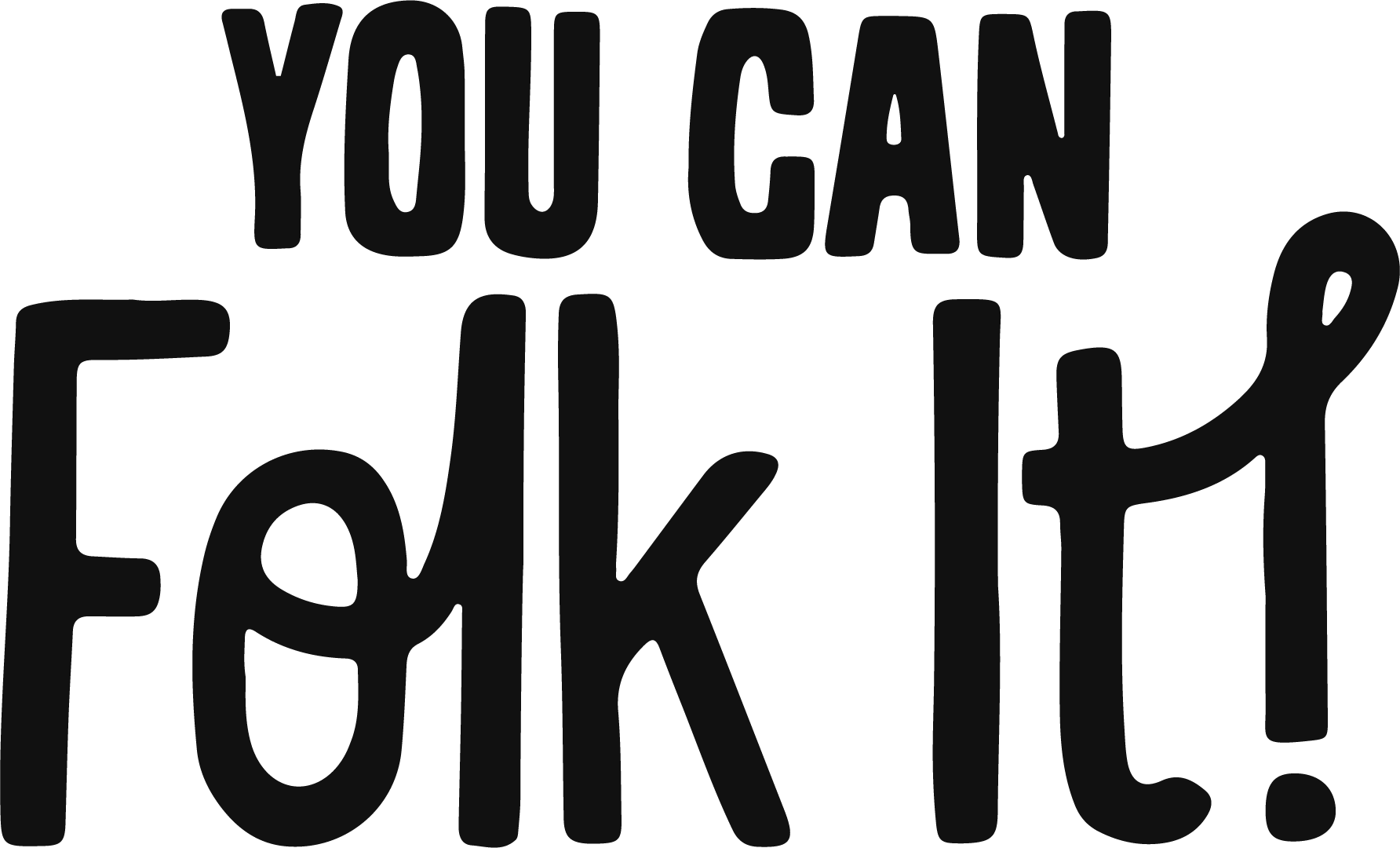
I've recently been spending time in Budapest and so took the opportunity to delve into the world of Hungarian Folk Art.

The activities of the Museum are in conjunction with the Hungarian Government. Including the qualification of folk art work as well as contests and organizing exhibitions. The collection is unique in the sense that its items are being produced continuously and therefore are a example of the standards of Hungarian Folk Art. The majority of the collection consists of textiles, embroideries, wood and bone carvings and products of folk pottery. There is a small amount of painted wood items and eggs such as the ones below. The frame and box below is an example of the bright colours of Hungarian Folk Art. When visiting Budapest you see many tourist shops selling this type of bright coloured folk painting - not always done to the standard this museum would expect! The museum is small and so takes no longer than 30-45 minutes to have a good browse.



The permanent exhibition at the museum features 'The Traditional Culture of the Hungarian People' A very large proportion of the exhibition features clothing and tools which was quite repetitive. I was very happy when I came to the original painted folk art pieces among the collection!

The photo's below are from the little church scene in the museum. My pictures don't do the paintings justice as the detail on the ceiling paintings and pew panels are primitive, but beautiful. One thing that struck me is that there are very few 'bright and bold' paintings in the whole collection. Although the painters would have had a limited palette of red, blue and yellow they have mixed them into beautiful dark earthy colours. I love these colours and so they have much more appeal to me than the bright, bold colours.
The church was an important part of everyones life. Marriage being the greatest festive occasion of peasant life. The festival, which was celebrated concurrently at several places lasted for a couple of days with the participation of the majority of the community. Finally it culminated in the church ceremony. The 17th and 18th century painted floral patterns on the ceilings and furniture of the churches of Kalotaszeg (by Janos Gyalui Asztalos and Lorinc Umling) directly influenced the development of the decorative arts of the region.


In Kalotaszeg (now in Romania) the wedding was the occasion to display the decorative household utensils and the bride’s trousseau in all its splendour to the community. During the church wedding the bride's family displayed all the gifts earlier exhibited inside the house. These would be carried later to the groom's home by decorated oxcarts. The bride's trousseau formed the basis of the new household. The pieces of 'house-wear' were meant to furnish and decorate the best room that also served as the festive place for storing the family's valuables. The trousseau included ladies' and men's wear for the whole of one's life, including the dresses needed at death or funeral, as well as clothes for work and festive occasions. If you look closely at the trunk on the bottom right you can see the lid is painted with the couple’s names and the date of the wedding. Although folk art peices were created to provide the necessities of life, and therefore a predominantly functional art form, I've always loved the fact that the peasants took the opportunity to record important events in their family’s history. Can't you just imagine the pleasure the whole family got from making something beautiful from scratch? Although the poorest in the community, lots of creative time would have been spent planning and painting the gifts for the happy couple and displaying them with pride for the whole community to see. A world away from the 'on-line wedding present lists' of today!

